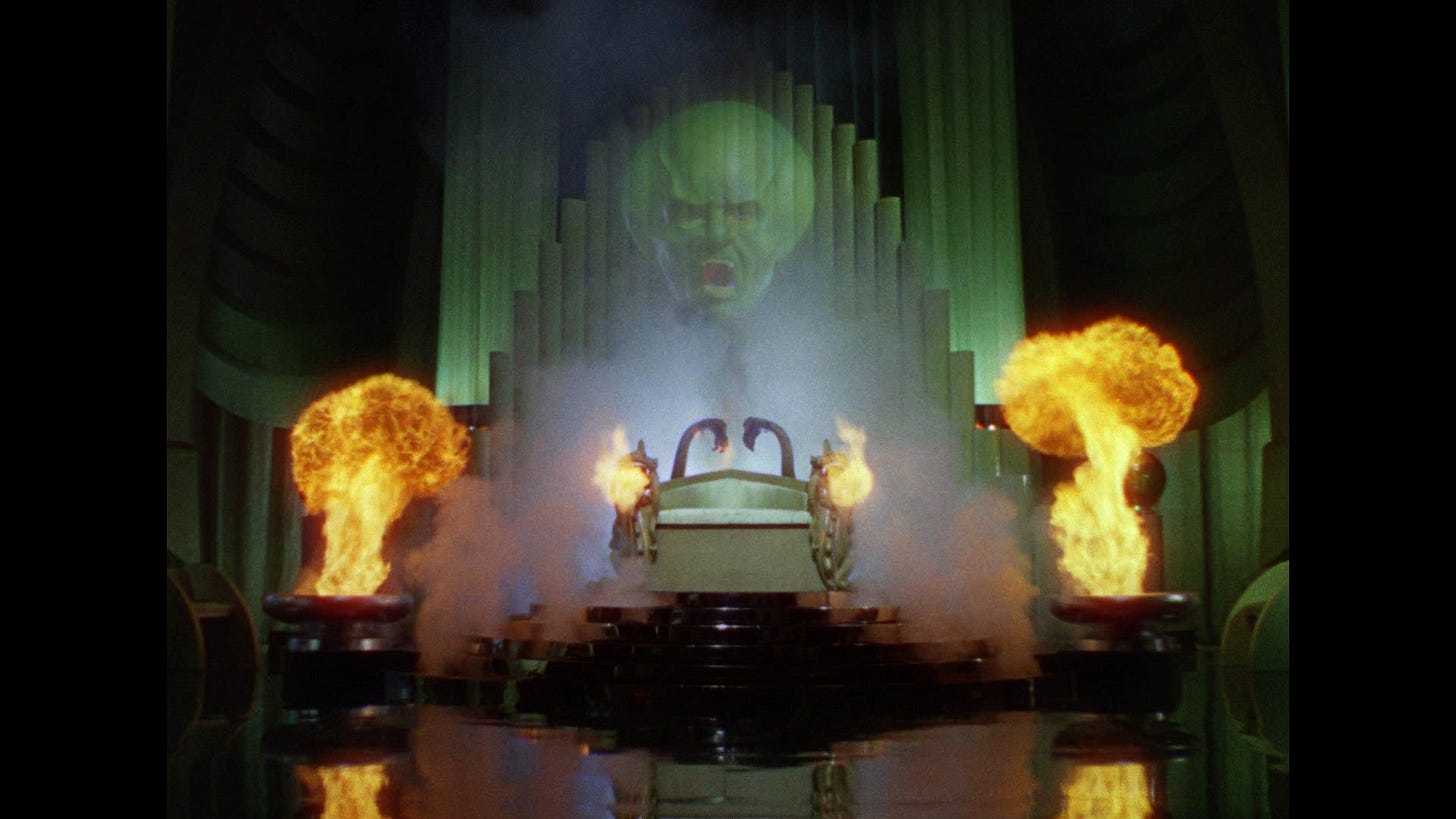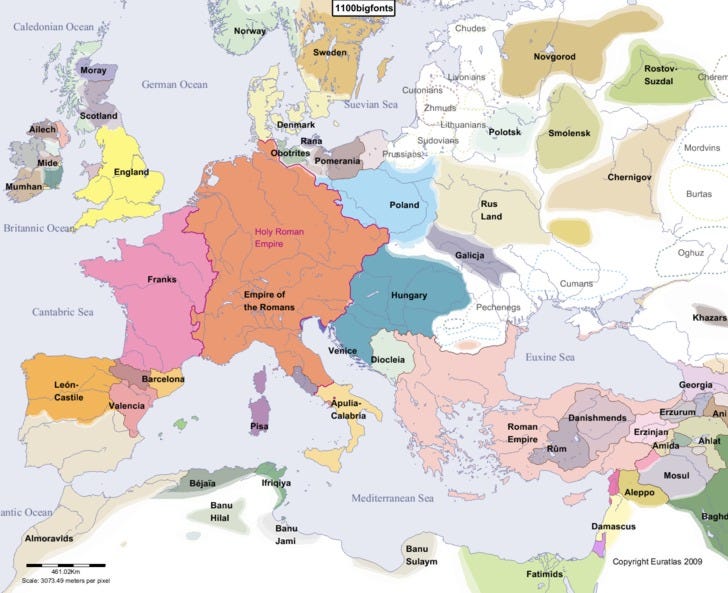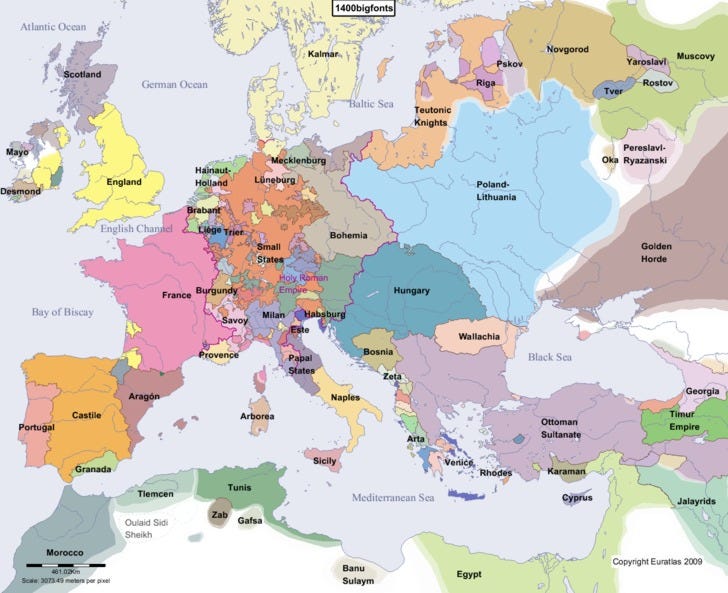The first states were based on the principle of slavery. In Sparta, the ratio of Helots to Spartans was 7:1. 85% of Spartan society was enslaved. This seems odd today. Why didn’t the 85% rise up and claim their democratic rights as the majority? Once we answer this question, another arises: how did the concept of the democratic rights of the majority ever arise, if at one point it did not exist?
It must first be understood that the democratic right of the majority is a religious concept originating from the cult of Dionysus, and even older cults which are more obscure, since we have little written record of them. Originally, the cult of Dionysus was an initiatory cult. This meant that the cult was only open to a small, select elite. However, over time, this elitism gave way.
Both the birth and death of elitism in ancient Greece was the mixing of castes and nationalities. Over centuries, Greece was subject to repeated invasions, the most prominent of which was the Dorian invasion. These invasions created a spectrum or continuum of ancestral mixtures within Greece. Plato later represented this concept in his Myth of the Metals.
Plato’s introduction of the Myth of the Metals clearly shows that he believed that the Athenian aristocracy had broken down on hereditary lines. Plato was a hereditarian: he believed that characteristics and traits could be inherited. Yet he believed that the established system of class was not clear, strict, or effective.
During the height of American slavery, white slave masters would regularly impregnate their black slaves. In 1811, Martin Van Buren’s future vice president, Richard Johnson, “married” an octoroon, despite the fact that this marriage was illegal and considered legally invalid. Over the course of 400 years, it is estimated that black Americans have become 25% white through this process. If we divide 400 by 16, we can assume there have been between 13 to 25 generations during that period. This means that every generation, between 0.64% and 1% of all black children had mixed race parents.
It would be difficult to imagine that any ancient society, including ancient Greece, had any more strict system of “racism” than colonial white supremacy. If we assume that the Dorian invasion occurred, at the latest, 1200 BC, then this represents 800 years, or 25 to 50 generations. Assuming an admixture of 1% per generation, after 50 generations, the resulting admixture would be 60.5% native / 39.5% invader. Assuming an even further point of origin at 2000 BC, with 1600 years and 100 generations, the admixture would be 36.6% native / 63.4% invader.
In the time of Plato, the Spartans still maintained the distinction between citizen and Helot, and the Athenians still distinguished between citizen and slave. Yet the mixing of the two categories over time undermined the “claim to aristocracy.” What gave the ruling class the right of authority, if it was mixed with the native population?
The cult of Dionysus, it is speculated, was not native to Greece, but imported from the east. The cult of Saturn, celebrated during Saturnalia, also shared many similarities to the cult of Dionysus, and removed social and class distinctions between slave and master.
Sun and Storm
One model of early state formation involves the capture, physical or psychological, of hunter-gatherer tribes. These tribes would have their own social structures and traditions. In order to maximize the subservience of these slaves, their culture would need to be broken down and “buck broken.” While many pacifistic hippies have suggested a positive evolutionary use of psychedelics, hallucinogens, and depressants (alcohol), these drugs may have also been used in proto-Saturnalian or Dionysian rituals to destroy the tribal structures of hunter-gatherers.
The depiction of the God “Oz” in The Wizard of Oz (1939) provides a template for understanding the process of brainwashing that early slaves went through. First, they were made psychologically vulnerable through ritual drug use, orgies, and role reversals, including transvestitism. Then, they were introduced to a magical display of the power of God Vulcan or Agni, a fire or volcano God who threatened to burn them alive. Other Gods, such as the snake or crocodile God, could be used to similarly terrorize these hunter-gatherers. Public human sacrifice to the snake or dragon would be used to increase fear to the highest level. Finally, once the hunter-gatherers were sufficiently afraid, they would be compelled to be castrated or circumcised to prove their allegiance to this God.
Such mass rituals were useful as a means of psychologically enslaving tribes of hunter-gatherers for the purpose of agricultural work. As modern vegetarianism has proven, these agricultural diets were inherently unhealthy and produced tooth decay, dwarfism, protein deficiency, anemia, creatine disruption, and menstrual disruption. Some of these health problems are less pronounced today than they were 12,000 years ago, since the human body has adapted to changes in our diet. But for the first ones to adopt the diet, the changes were immediate, shocking, and brutal. No one would have chosen such a diet if they had any choice. But these were slaves.
This religious tradition could be broadly categorized as the Slave Religion, which formed the basis of all primitive states. It had priests, some of whom may have been castrated themselves, such as the Scythian Enaree. Outside of the Slave Religion, pastoralists such as the Indo-Europeans, Arabs, Berbers, Turks, Mongols, Maasai, Apache developed cultures distinct both from agriculturalists and hunter-gatherers. Their religious forms and cults were diverse and varied, but the most successful of these, the Indo-Europeans, worshipped two principle Gods: Sun and Storm.
Instead of ritualistically humiliating their slaves, Indo-European religion emphasized what we would call today “manifestation.” Indo-Europeans worshipped two forms of power: the power of the light, symbolized by the sun, and the power of the dark, symbolized by the storm and lightning. In the Vedic branch of Indo-European religion, Surya was the sun, and Indra was the storm. Each Indo-European man aspired to worship Sun and Storm by becoming strong, fearless, and brave.
In this way, the religion of Sun and Storm developed in complete opposition to the Slave Religion. The Slave Religion spread outward from Syria 12,000 years ago, and reached Ireland about 6,000 years ago. However, 4,500 years ago the Indo-Europeans also reached Ireland and demonstrated the military superiority of their religion over the slave system.
Between 2500 BC and 1200 BC, the Indo-Europeans, after initially eliminating much of the native populations of Europe, gradually came to intermix with them. In extremely harsh climates with low populations and poor agriculture, such as Norway, the Indo-Europeans represent as much as 50% of the genetic ancestry. In areas with good climates, high populations, and good agriculture, such as Sardinia, the Indo-Europeans represent less than 10% of the genetic ancestry.
With the Indo-European expansions entirely exhausted, Europe reached a new steady state where the resulting mixed populations began to rebuild agricultural civilizations. The resulting religion was a mix of Slave Religion and the Sun-Storm Cult. This is reflected in the concept of the Pantheon, or Polytheism, which includes Sun Gods, Storm Gods, but also Gods of fire, snake Gods, Gods of transvestism, Gods of wine, Gods of castration or circumcision, Gods of orgies, and so on. India maintained some of the strongest diversity of religious forms, showing that the Sun-Storm Cult was never able to eliminate the Slave Religion. In fact, no surviving societies persist which have maintained the original Indo-European religion. The Greeks and Romans both worshipped Dionysus, Saturn, and other non-Indo-European Gods.
The growth in the cult of Dionysus between 1200 BC and 400 BC should not be understood as a new development, but as a return to tradition. The cult of Dionysus, as a God of the Slave Religion, had existed for at least 6,000 years, uninterrupted, before it was militarily challenged by Indo-Europeans. That cult was briefly diminished and humiliated between 2500 BC and 1200 BC, but afterwards, it reemerged.
Judaism and Christianity
Judaism and Christianity both arose as attempts to syncretize Hellenic philosophy with Slave Religion. During the reign of the Roman Emperor Heliogabalus, it was clear that the Phoenicians of the Levant worshipped a black cube, and attempted to force this religion on the whole of Rome. It was during this period that Judaism was still in the early stages of its formation, retroactively projecting itself into the past, claiming to be thousands of years old.
Soon after Judaism became codified in a number of texts and scrolls, Christianity was not far after it. Just as much of Judaism is an attempt to syncretize the traditional Slave Religion of circumcision with the metaphysics of Pythagoras and Plato, Christianity also attempted to deify Plato’s concept of the Trinitarian soul.
By the time of Christianity, the Greek and Roman populations were thoroughly agriculturalized. In its new form, Christianity did not need to physically reproduce the Cronic mysteries of drunken orgies, human sacrifice, burnt offerings, snake worship, castration and circumcision, or cross dressing. Instead, it turned all of these things into metaphors, symbols, myths, or abstractions. Instead of real cannibalism, the wine and bread come to represent the body and blood. Instead of real human sacrifice, Christ metaphorically sacrifices himself through the crucifix. Instead of the burnt offering, Christ goes through the harrowing of hell, and non-believers are threatened with hell (a Christian universalization of the holocaust ritual of Agni-Vulcan). Instead of physical cross dressing, “male and female are one in Christ.” Instead of castration, men are instructed that celibacy is the highest form of spirituality, following the example of John the Baptist, Jesus, and Paul the Apostle.
In the same way that the Slave Religion universalized, imperialized, and homogenized tribes of hunter-gatherers into a single body of workers, Christianity homogenized all Christians into the body of Christ. This occurred simultaneously with Caesar’s expansion of Roman citizenship, making Gauls into Romans. Roman identity was universalized in the same way that anyone today can be an American.
With the collapse of Rome, Europe was brought under the rule of Germanic kings. This divided Rome into different sections, which had little in common with today’s nation states. Most of Europe was not truly Christian until 1000 AD, when Hungary Christianized, and the Norse Christianized, and the Slavs began to Christianize. At this time, Romania and Ukraine were both under a form of Turkic control.
England could be considered Europe’s first nation-state. Christianity played a large role in creating a national mythos for England. The myth of King Arthur was used to symbolize the historical opposition of Christianity against paganism. Later kings were sacralized in their crusades against the pagan Norse. Finally, the arrival of the Normans ended further foreign incursions into England, and solidified its national identity as a Christian state.
This did not prevent England from seeking territory in France or Germany. But internally, England defined itself ethno-religiously. This is partially because England was subject to, and a product of, so many foreign incursions and invasions, that in opposition to these forces, English national identity became refined and concrete in its boundaries.
Still, England did not speak English in its legal system until 1362. Even in 1400, Europe was still largely a patchwork of multi-ethnic states, ruled by elites who often spoke a language foreign to the common people. France, Spain, and Portugal can be considered the next candidates for early nation-states. France fought in the Hundred Year’s War to secure its independence, and the resulting boundaries which it won were in accord with linguistic boundaries. Spain and Portugal won their independence through the Reconquista, and like England, Christianity made up a huge part of the Spanish and Portuguese identity.
By 1500, western Europe was beginning to resemble a patchwork of nation-states. Spain, Portugal, France, England, and Scotland all had political systems which aligned neatly with ethno-linguistic identities. East of the Rhine, however, Germany was still a patchwork of semi-independent principalities, Hungary dominated a multi-ethnic empire, alongside the Ottomans, the Poles, and Lithuanians.
It wasn’t until Napoleon that nationalism actually became a viable political formulation in central and eastern Europe. This is because, just as during the early period of agriculture (10k BC), a new mass slave class was needed. This time, instead of being needed to farm the land, they were needed to man the factories and charge into gunfire as cannon fodder.
Conclusion
Rome was not a nation-state, but it contained all the seeds of nationalism. Christianity, principally, defined the rise of early nation-states such as France, England, Spain, and Portugal, all of whom fought for centuries to maintain or gain their independence.
In 1800, the rise of industrial warfare reinvigorated the idea of the “masses,” as it had originally in 10,000 BC. Just as farmers needed to be terrorized by God in order to plow the fields, soldiers needed to be terrorized and moralized by the baptism of blood in the killing fields of Europe.
With changes in technology, however, just as the first agricultural states fell to Indo-European conquest, the current world of nation-states is also threatened. The global Slave Religions are mutating beyond recognition, and the Cult of Sun and Storm may return.










